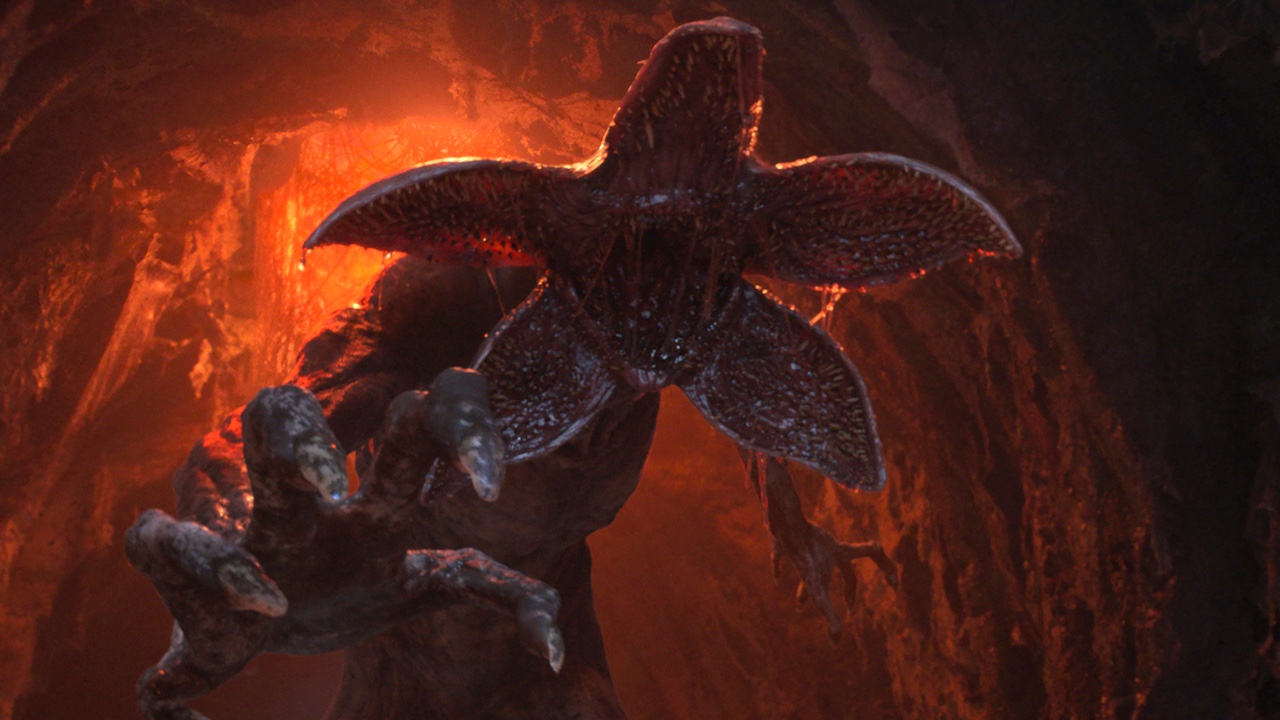HBO's Watchmen Episode 2: All The Big References To The Original Comic Book
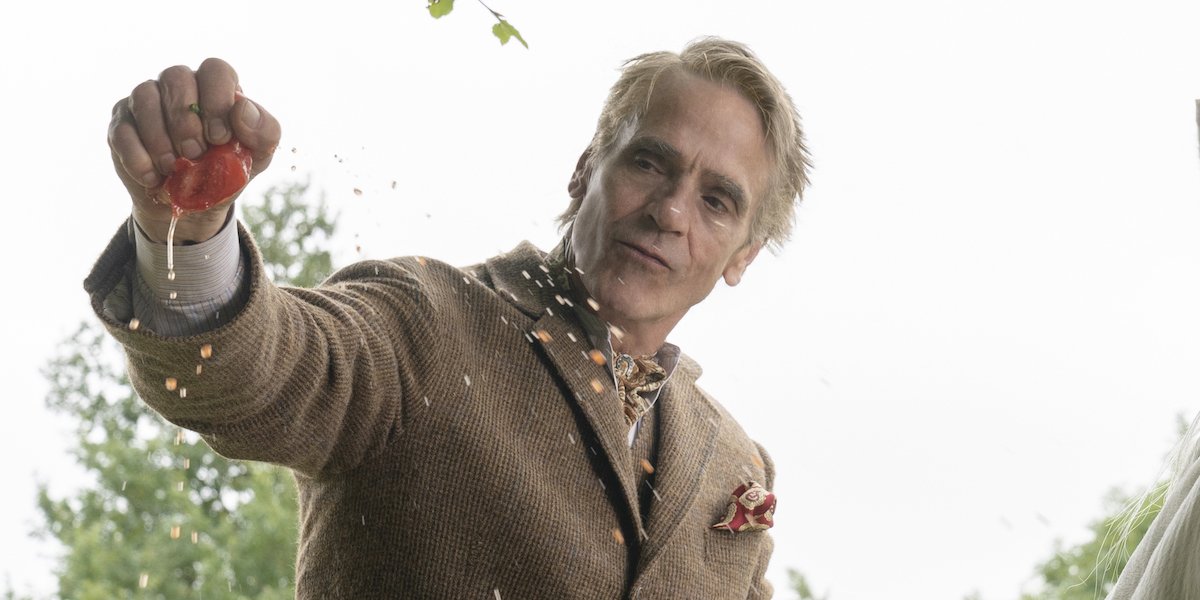
CinemaBlend participates in affiliate programs with various companies. We may earn commission when you click on or make purchases via links.
MAJOR SPOILERS below for anyone who hasn't yet watched the second episode of HBO's Watchmen. You have been warned.
After blowing comic book fans and TV viewers away with the revisionist modernization that was Watchmen's star-studded premiere, HBO and creator Damon Lindelof returned for another Sunday night of shocking reveals, badass action and, of course, more comic book references than you could shake a (flaccid blue) stick at. Episode 2 continued following up on the events that followed Alan Moore and Dave Gibbon's seminal comic series, dropping some huge reveals for Regina King's Angela, Don Johnson's Judd and more characters.
Similar to how I broke down the Watchmen debut episode, the following is a mostly sequential rundown of all the biggest comic references and easter eggs that happened in Episode 2. Feel free to mention anything I missed in the comments, too.
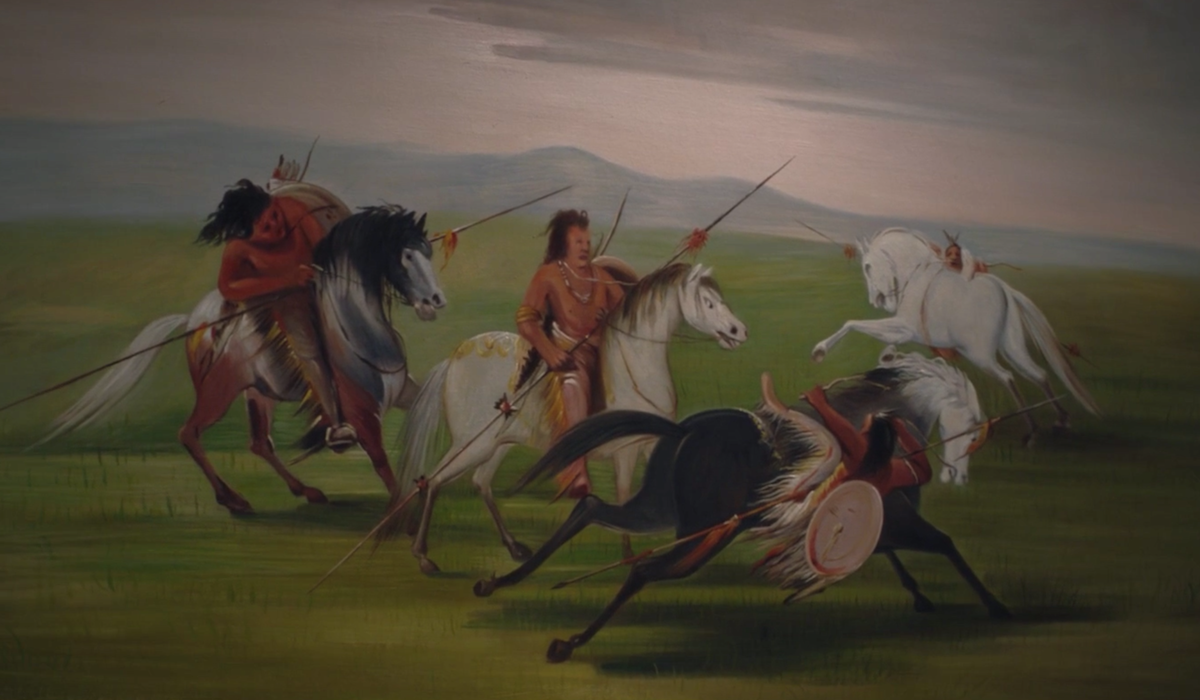
The Importance Of Titles
Though last week's premiere title was about as on the nose as the top of Sister Night's mask, Watchmen's second entry "Martial Feats of Comanche Horsemanship" was more of a metaphorical nod to its biggest early-season mystery. It comes from the title of George Catlin's 19th century painting of a similar name – Comanche Feats of Horsemanship – and refers to the mighty horse-riding skills the Comanche members built up. In particular, their ability to hang surreptitiously off the side of a horse in mid-gallop, keeping them out of enemies' sight.
When the painting was revealed onscreen above the Crawfords' mantle, clear observations could be made, especially given what was revealed about the late chief just prior. Less obvious to decipher, though, was director Nicole Kassell's thought-provoking close-up on the painted horse's mouth. A reference to the common phrase, or perhaps to Joyce Cary's 1944 novel?
Pipe Smoking
In the world of Watchmen's comic books, tobacco is generally smoked through either hand-rolled cigarettes or through glass-ball pipes used by Laurie and others. For the Watchmen TV series, it hasn't become entirely clear how modern citizens get their nicotine fixes, but Episode 2's 1920s flashback sequence did feature a German military leader smoking a traditional tobacco pipe. A sign of changes to come?
Your Daily Blend of Entertainment News
Doctor Manhattan Tidbits
Before coming slightly more clean with Angela, Will Reeves threw the idea out there that he might actually be Doctor Manhattan, justifying it by referencing the superhuman's ability to make multiple copies of himself, as he did during an awkward bedroom moment with Laura. Will also referenced Doctor Manhattan growing to be 100 feet tall, which was shown during a war scene in Alan Moore and Dave Gibbons' comic, as well as how he could change his skin color, which Manhattan had done for his TV interview.
Interestingly, Will also mentions the possibility that Doctor Manhattan could pose on Earth as a normal human, which isn't something the comic book was direct about. (But would strengthen theories that the Manhattan seen via satellite isn't the "real" version. Though it seemed like Will was just distracting Angela when making those claims, it didn't seem very coincidental when Will's egg timer went off just as Angela got her big phone call. Plus, he pulled that egg out of boiling water with his bare hand, so there's certainly something up with him.
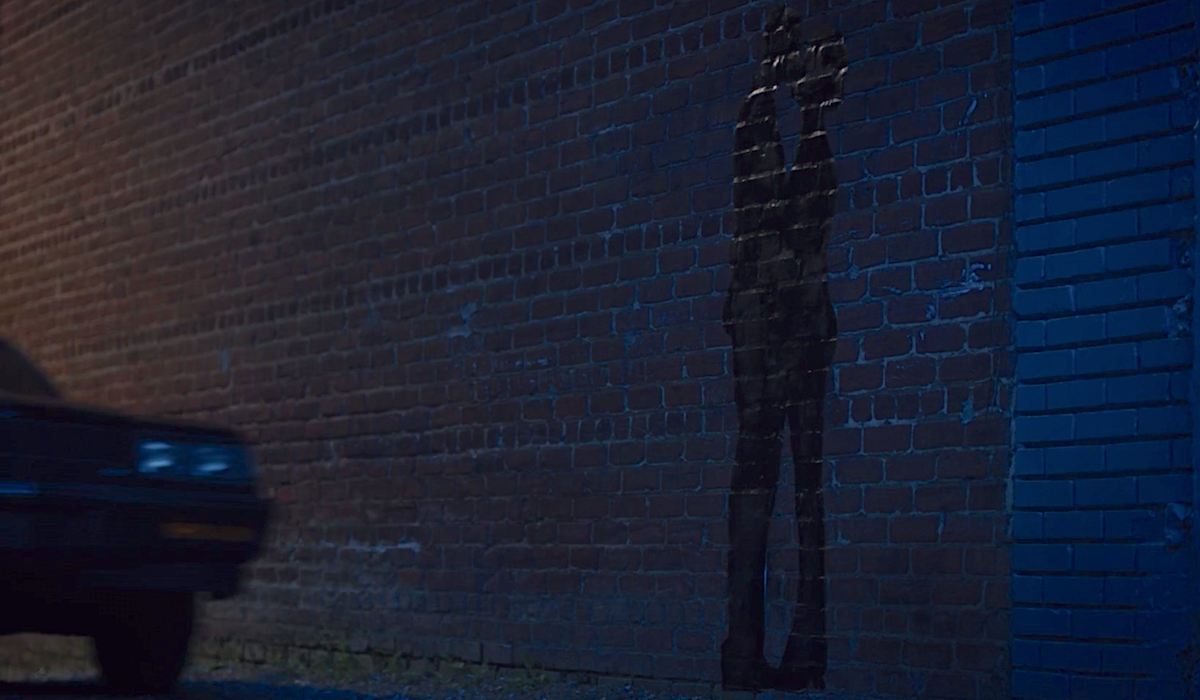
Hiroshima Lovers Grafitti
One of the comic book's most frequently used visuals is the shadowy lovers' embrace that is painted on various walls in Watchmen's New York City, which led to a variety of other shadow-related imagery in the text. The doomsaying graffiti references two lovers' final embrace before the atomic bomb dropped in Hiroshima, with only their silhouette left behind.
In the TV show, the Hiroshima shadow is first seen in an alleyway outside of Sister Night's headquarters and bakery. It's an obvious reference to throw into the live-action series, but one wonders what its relevance is in Watchmen's 2019, which is clearly more focused on in-country fighting as opposed to Alan Moore and Dave Gibbons' increasingly hectic global situation. Does the Kavalry have something atomic up its sleeve with all those watch batteries, or is that more up Adrian Veidt's alley?
The Newsstand Is Back
Following the squid disaster (that was absent from Zack Snyder's extremely faithful adaptation) the Watchmen comic had replaced Bernard's oft-seen newsstand with a New York Gazette vending machine, but Damon Lindelof & Co. thankfully reintroduced the concept in Episode 2. Obviously Bernard and his comic-reading buddy Bernie perished 30+ years earlier, so now we have The Wire and Ballers vet Robert Ray Wisdom as Tulsa's corner vendor hocking copies of the still-around-in-this-world Elle, Essence and Maxim, along with other comic-familiar brands seen below.
Interestingly enough, Robert Ray Wisdom's character is named Seymour. It might have been too much to have another Bernard take over Watchmen's corner newsstand, but comic fans know that Seymour was the name of the New Frontiersman worker who, on the comic's final page, was seen reaching for Rorschach's submitted journal, presumably to publish it. He's likely responsible for the journal getting out there in HBO's Watchmen, too. (Perhaps non-incidentally, DC's official semi-sequel Doomsday Clock revealed that Seymour was beaten to death soon after the journal went public.) Incidental homage or legitimately significant clue?
New Frontiersman And Nova Express
Alan Moore and Dave Gibbons set up New Frontiersman as an overtly conservative publication that promoted stereotypically prejudiced views about race, culture, etc, along with generally siding with masked vigilante justice. Rorschach was a regular reader, and its editor in the comic, Hector Godfrey, was revealed to have been something of a KKK apologist, at least on the TV show's Peteypedia website. It's likely that publishing Rorschach's journal boosted the pub's popularity, keeping it alive into the Seventh Kalvary-populated present.
On the flip side of the political spectrum is Nova Express, a liberal-leaning magazine that's much more disapproving about unlawful vigilantes and other social issues. In the HBO episode, a young girl received a stack of publications from Seymour to give to an unnamed recipient. She was told that the Nova Express is late, but that it would be put in the next order. The comics' Nova Express got its money from the ever-present Pyramid Deliveries, which was likely owned by Veidt Enterprises, so it'll be interesting to see if the TV show goes behind the curtain for those details.
Clocks, Of Course
As it went in the premiere, the Watchmen TV show is just as intent on giving viewers clock visuals as the comic book was, and there were two significant Episode 2 references worth mentioning here. First, it was 11:30 a.m. or so on the morning after Judd's body was found, possibly indicating that the modern-day storyline is still fairly far away from reaching absolute chaos.
Conversely, it was revealed that the most recent hyper-tragedy, the heinous White Night massacre, went down in the last minute before midnight, and on Christmas Eve, no less). Expect Sister Night's Watchmen narrative to once again creep closer to the witching hour as its first (and possibly only) season goes on.
Pirate And Owl Costumes
This one is pretty obvious. The kids' Halloween fun included a pirate costume and an owl costumes, both clearly tied to the heights of pirates' pop culture pull in Watchmen and to the existence of owl-related superheroes. (The fact that the "ghost" looked so much like a Klansman shouldn't go ignored, either.)
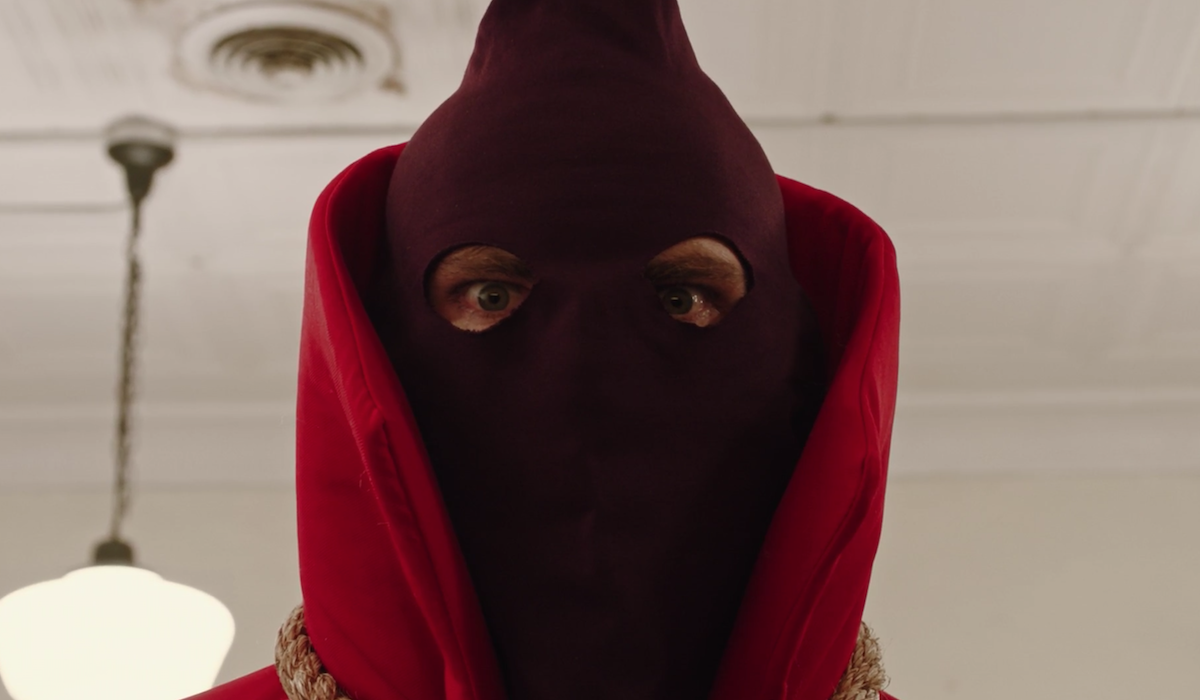
Hooded Justice & Rolf Müeller
The German origins of the "Watch Over This Boy" pamphlet quickly fueled some post-premiere fan theories about Will Reeves' possible connection to the vigilante Hooded Justice, which Damon Lindelof and Watchmen's writers seemed to anticipate. Episode 2 introduced the Hooded Justice mystery through its American Hero Story show-within-a-show, and went the Before Watchmen route of debunking theories that German strongman Rolf Müeller was his actual alter ego.
With some Zack Snyder-esque slo-mo fight scenes adding to the fun, this Hooded Justice sequence might have appeared to be a one-off easter egg if it wasn't for the episode's very first scene, which introduced Annika Pampel's Fräulein Müller as the original typist for Will Reeves' war pamphlet. Does she have anything to do with Hooded Justice's origins, and how will any of that carry on into the overall narrative? Also, did Will's assumed father frustratedly turn his back on the U.S. during the war to escape racial bigotry?
Alien Invasion Headline And Other Squid Stuff
In the American Hero Story sequence, a newspaper boy promoted a headline about Orson Welles' 1938 War of the Worlds radio broadcast proven to be a fictional production. The headline used, though, spoke far more directly to the Watchmen comic's climax: "Alien Invasion Is Just A Hoax." It doesn't yet appear that this universe's citizens ever discovered the truth about Adrian Veidt's squid plot, and viewers are still waiting to understand how that global event permanently changed the planet.
That wasn't the only squid-centered reference in Episode 2, of course. One newspaper noted that squids fell on four different cities, and another headline read "Squid Falls Baffle Scientists," further implying that everyone in Watchmen's world is just as clueless as fans are about the various cephalopod incidents. Though viewers have theories about how Veidt may have followed up on his initial squid catastrophe.
The Comedian And Judd Crawford Connections
The Watchmen premiere made it pretty obvious that Don Johnson's Tulsa Police Chief Judd Crawford was going to be an explicit TV stand-in for Edward Blake's Comedian, and the comic comparisons continued in Episode 2. When Angela followed Will's advice about seeking out Judd's secrets, she discovered his bedroom closet contained a secret compartment where a KKK hood and robe were displayed, with a police star brazenly affixed to the front. This reveal no doubt involves the photograph more prominently displayed in Judd's closet.
In Alan Moore and Dave Gibbons' Watchmen, Rorschach looked deeper into Edward Blake's private life after his death, discovering all of Blake's hidden Comedian gear. The comic book placed an impetus on showing how immoral The Comedian could be even while doing "heroic" work for the U.S., so TV audiences can likely expect to learn more about Judd's dark and complicated history in Tulsa, and possibly elsewhere. It appears Watchmen will flesh that story out through flashbacks, similar to how The Comedian's story was developed, so here's hoping Don Johnson continues popping up.
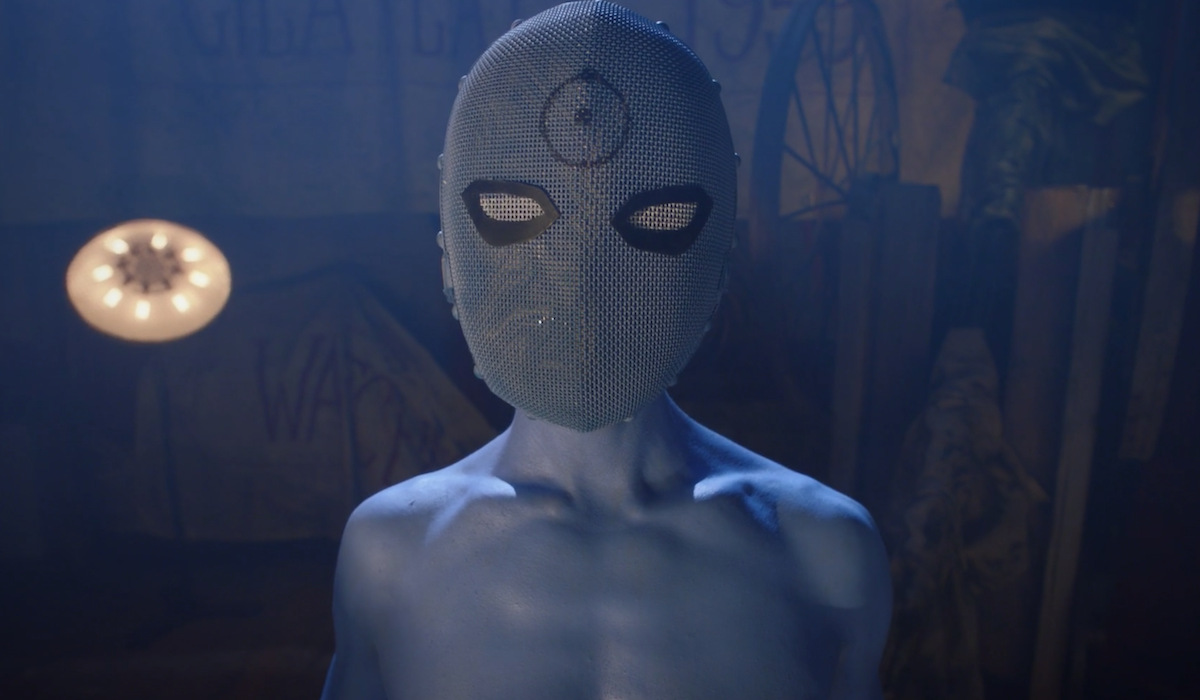
Doctor Manhattan's Blue Dong, And The Rest Of That Play
Jeremy Irons' maybe-Veidt sequence was once again worthy of much contemplation. First, it appears that his Watchmaker's Son play has been performed a variety of times by his assistants, with the portion seen in the episode being Janey and Jon's final Gila Flats exchange before the accident that turned him into Doctor Manhattan. How does maybe-Veidt know about those details, and why does he have such a blatant emotional attachment to seeing it play out? (Unless he is Doctor Manhattan. Might as well officially guess it at this point.)
The play sequence is also the Watchmen TV show's first reference to one of the comic's more X-rated visuals, Doctor Manhattan's penis. The full-frontal blue-dity was on display once Manhattan himself showed up in the play, though it obviously doesn't count as an official Doctor Manhattan dong sighting. However, there's nary a shade of a doubt that Damon Lindelof will deliver legit superhuman genitalia before the season is over, so keep those bingo cards handy.
Gordian Knots
Comic readers' ears likely perked up when Jeremy Irons hollered that Gordian knot line. Historically, the Gordian knot ties back to Alexander the Great's problem-solving skills, with claims that his approach to a supposedly impossible-to-untangle knot was just to cut the knot with his sword. Today, the phrase "cutting the Gordian knot" refers to solving a problem in a way that completely bypasses the perceived obstacles.
In the Watchmen comics, the Gordian Knot Lock Co. is a business that's frequently employed by anyone who gets surprise visits from Rorschach, whose mode of uninvited home entry usually involved kicking front doors in. Instead of picking the locks, Rorschach just destroyed the area surrounding them, which fits with the meaning.
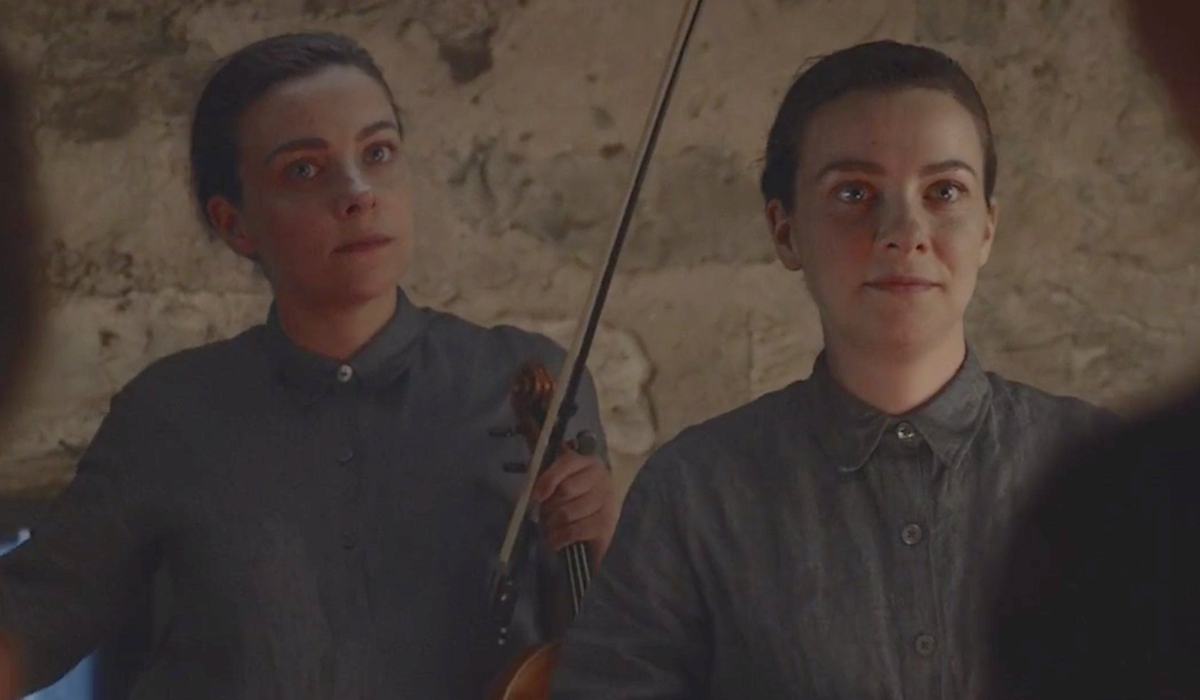
Adrian Veidt's Cloning
I love that Watchmen only took two episodes to set up and reveal that maybe-Veidt's various assistants are all cloned versions of the same male and female played respectively by Sleepy Hollow's Tom Mison and Endeavour's Sara Vickers. It was very curious why "everyone else" remained unseen, or made to wear masks, as it went with the musicians and stagehands during the play performance. The comic's Adrian Veidt hadn't cloned any human beings, at least assumedly, but his iconic pet Bubastis was indeed genetically created. The lynx reappeared in the Doomsday Clock series, despite getting obliterated in the original storyline, implying it was a clone.
This reveal wouldn't be properly Watchmen without a secondary implication, though. Maybe-Veidt advised for the incinerated former Mr. Phillips to be thrown in the basement with all the others, and said that there will be a use for all those burned-up corpses before too long. How will all those scarred bodies play into the presumed villain's next big game-changing scheme? I am oddly attracted to the idea of them being smooshed together to make a new version of the alien squid creature.
Family Heritage Surprises
One of the bigger under-the-radar twists in Alan Moore and Dave Gibbons' Watchmen comic was the subdued reveal that, in the years after Edward Blake assaulted Sally Jupiter, the two heroes had more consensual relations. Likely not just once, either, considering Sally's nostalgic longing at the end of the source material. Laurie eventually connected the dots and realized that The Comedian was her real father, which obviously messed with her. The Watchmen TV show website revealed she later took his last name, Blake, and changed her vigilante persona to that of The Comedienne.
What does that say for Regina King's Angela Abar, who learned in the final minutes that Lou Gossett Jr.'s Will Reeves is actually her grandfather? The reveal's implications weren't immediately obvious, since we don't know much about Angela's past yet, such as whether her parents are biological or adopted. Could Angela's role as an adoptive parent be paying it forward from her own childhood? Or was Will's role in the family tree covered up over the years? It should go without saying that I'm also confounded by that flying craft that took off with Will and Angela's car.
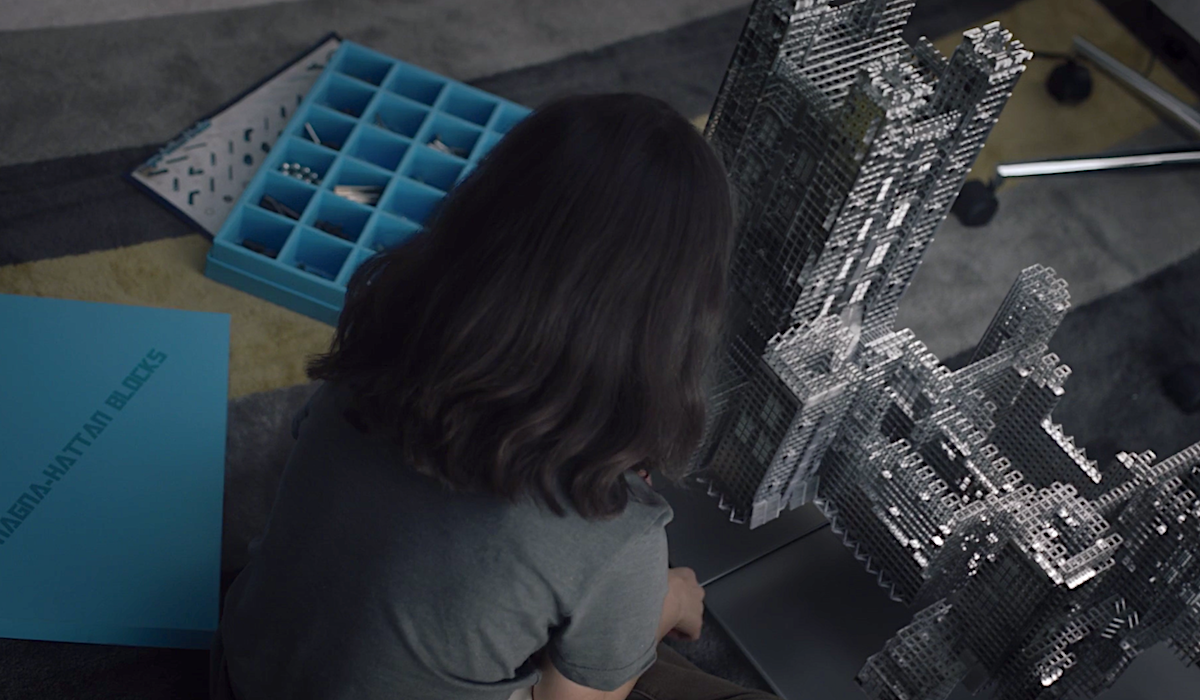
Other Connections And Questions
How crazy was it to see Angela's son Topher building a hovering replica of maybe-Veidt's castle using those "Magna-Hattan Blocks?" And how much crazier was it when he demolished it similar to how Doctor Manhattan destroyed his Mars-crafted castle? Are Topher and Doctor Manhattan linked up in some way?
How significant was it that the biological father character portrayed by Jim Beaver showed up at Angela's house, but was happy to accept money rather than seeing his kid? A quality character actor like that definitely wouldn't have been cast just for a one-off appearance.
I came close to making an entry out of Angela's lack of sugar (for Will's coffee) being a reference to the way Rorschach stole Dan's sugar cubes in the comic book, but inevitably felt it was too much of a stretch.
An interesting American Horror Story and American Hero Story connection went down in the episode, with frequent Ryan Murphy collaborator Cheyenne Jackson thanklessly taking on the role of Hooded Justice. I can only hope more AHS stars will be used to fill out the rest of the Minutemen roles.
I couldn't help but take notice that presidential candidate Senator Keene was wearing a pin on his jacket lapel. No blood was spilling down it just yet, but what about in the future?
Who exactly are Will Reeves' "friends in high places" that he spoke of? Other vigilantes? Aliens?
Despite the fact that the Seventh Kavalry uses Rorschach masks as their defining feature, Tim Blake Nelson's Looking Glass feels far more like the true successor to the comic book's morally wavering vigilante. Especially during his conversation with Angela, in which his accusatory nature and his disrupted emotional state are fully visible, despite his "face" being mostly on.
With two episodes down, Watchmen will continue its highly acclaimed Season 1 run every Sunday night on HBO at 8:00 p.m. ET.

Nick is a Cajun Country native and an Assistant Managing Editor with a focus on TV and features. His humble origin story with CinemaBlend began all the way back in the pre-streaming era, circa 2009, as a freelancing DVD reviewer and TV recapper. Nick leapfrogged over to the small screen to cover more and more television news and interviews, eventually taking over the section for the current era and covering topics like Yellowstone, The Walking Dead and horror. Born in Louisiana and currently living in Texas — Who Dat Nation over America’s Team all day, all night — Nick spent several years in the hospitality industry, and also worked as a 911 operator. If you ever happened to hear his music or read his comics/short stories, you have his sympathy.
